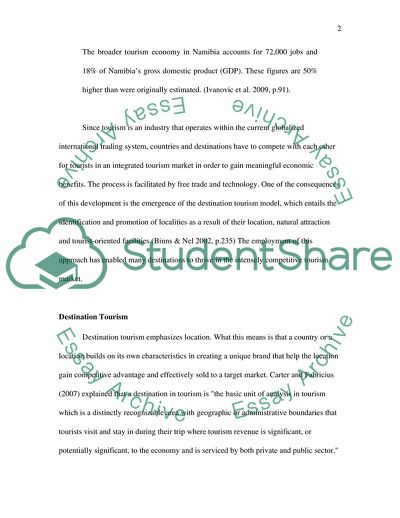Cite this document
(Destination Management System and Destination Tourism Report, n.d.)
Destination Management System and Destination Tourism Report. https://studentshare.org/tourism/1770379-the-future-of-destination-management-systemsdiscuss-critical-success-factors-and-innovative-applications-that-destinations-can-employ-to-achieve-strategic-competitive-advantage
Destination Management System and Destination Tourism Report. https://studentshare.org/tourism/1770379-the-future-of-destination-management-systemsdiscuss-critical-success-factors-and-innovative-applications-that-destinations-can-employ-to-achieve-strategic-competitive-advantage
(Destination Management System and Destination Tourism Report)
Destination Management System and Destination Tourism Report. https://studentshare.org/tourism/1770379-the-future-of-destination-management-systemsdiscuss-critical-success-factors-and-innovative-applications-that-destinations-can-employ-to-achieve-strategic-competitive-advantage.
Destination Management System and Destination Tourism Report. https://studentshare.org/tourism/1770379-the-future-of-destination-management-systemsdiscuss-critical-success-factors-and-innovative-applications-that-destinations-can-employ-to-achieve-strategic-competitive-advantage.
“Destination Management System and Destination Tourism Report”. https://studentshare.org/tourism/1770379-the-future-of-destination-management-systemsdiscuss-critical-success-factors-and-innovative-applications-that-destinations-can-employ-to-achieve-strategic-competitive-advantage.


